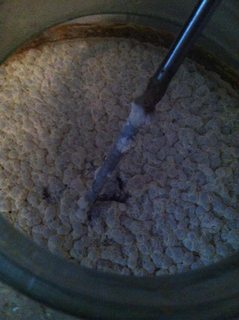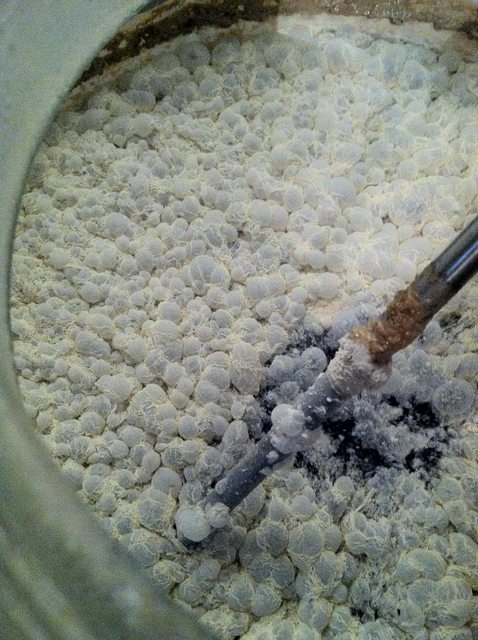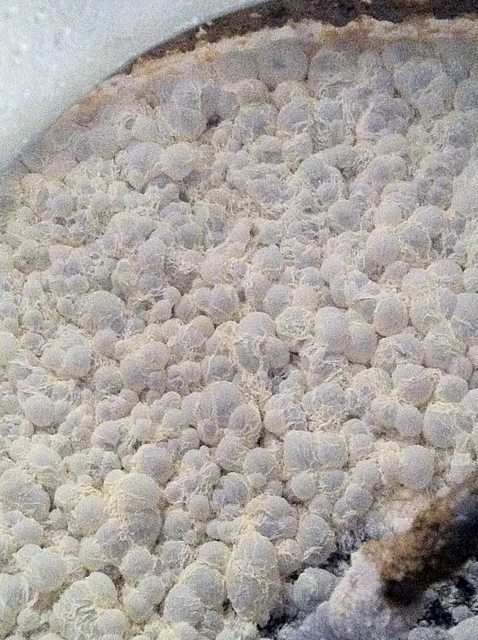I soak my lid in a rope tub. I have also used that tub to sanitize bottles, as a swamp cooler and as an ice bath for post-boil chilling or cold crashing. It is easily one of my most used pieces of equipment and I think I got it for about $6.96 at Walmart.
My lids have a ring of deep pockets, like the underside of a mushroom. The only way I can get them clean is soak in oxyclean, blast with high pressure water, and then soak in StarSan. A spray bottle can sanitize the surface, but I'm not going to trust my beer with it.
I throw mine in the dishwasher. Temperature gets high, plenty of hot water to clean out the gunk and then a quick starsan misting to get it wet before installing. Done and done.










